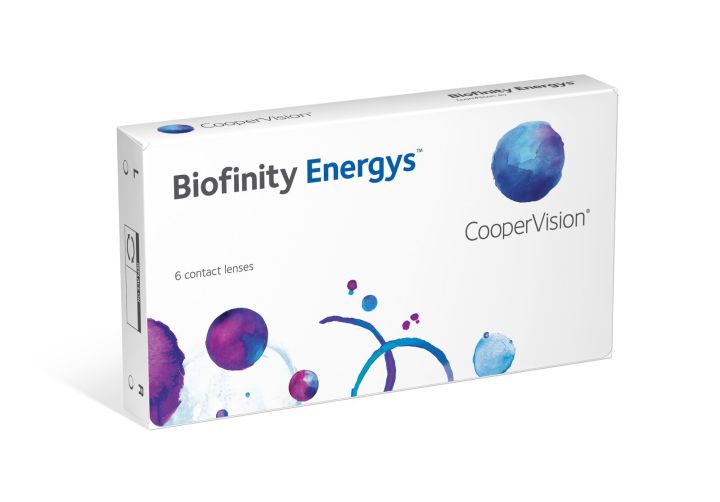
Biofinity Energys are a monthly wear lens with a specialized design CooperVision refers to as “Digital Zone Optics.” The contact has multiple aspheric curves across the face of the lens itself, which minimizes strain as the wearer moves their eye between looking at the closer computer screen and objects further in the distance.
The lens also features better moisture retention than your standard contact. We have a tendency to blink less when we use digital devices, affecting our body’s way of keeping our eyes moist. Called Aquaform, the technology binds water to the lens itself, which in theory should increase hydration, breathability, and lens softness, CooperVision says.
While the contact lens is making its debut at CES on Tuesday night at a press event, CooperVision says more than 7,000 optometrist offices have already fitted patients with the new lens. While they might not be for everyone, the company says Biofinity Energys are aimed at those of us who use digital devices frequently.
“There’s no reason for eye tiredness and dryness to be the ‘new normal’ for the millions of contact lens wearers who are looking at screens throughout the day,” Dr. Michele Andrews, CooperVision senior director, says. “Trying to change people’s behaviors by asking them to scale back their digital device use or change how they interact with screens has limited value.”
While most contact lens wearers should be able to pick up a pair if the contact lens is a good fit for them, some wearers might need to wait a bit longer for eye strain relief. For those with astigmatism, a “toric” lens is not yet available. A CooperVision spokesperson tells Digital Trends that the company focused on bringing the traditional sphere lens to market first. This is likely due to the fact that astigmatism-correcting contacts are subtly different in design from the traditional contact.
Regardless, for those of us who need to stare at a computer screen all day, something like these new contact lenses are surely a sight for sore eyes (no pun intended).


